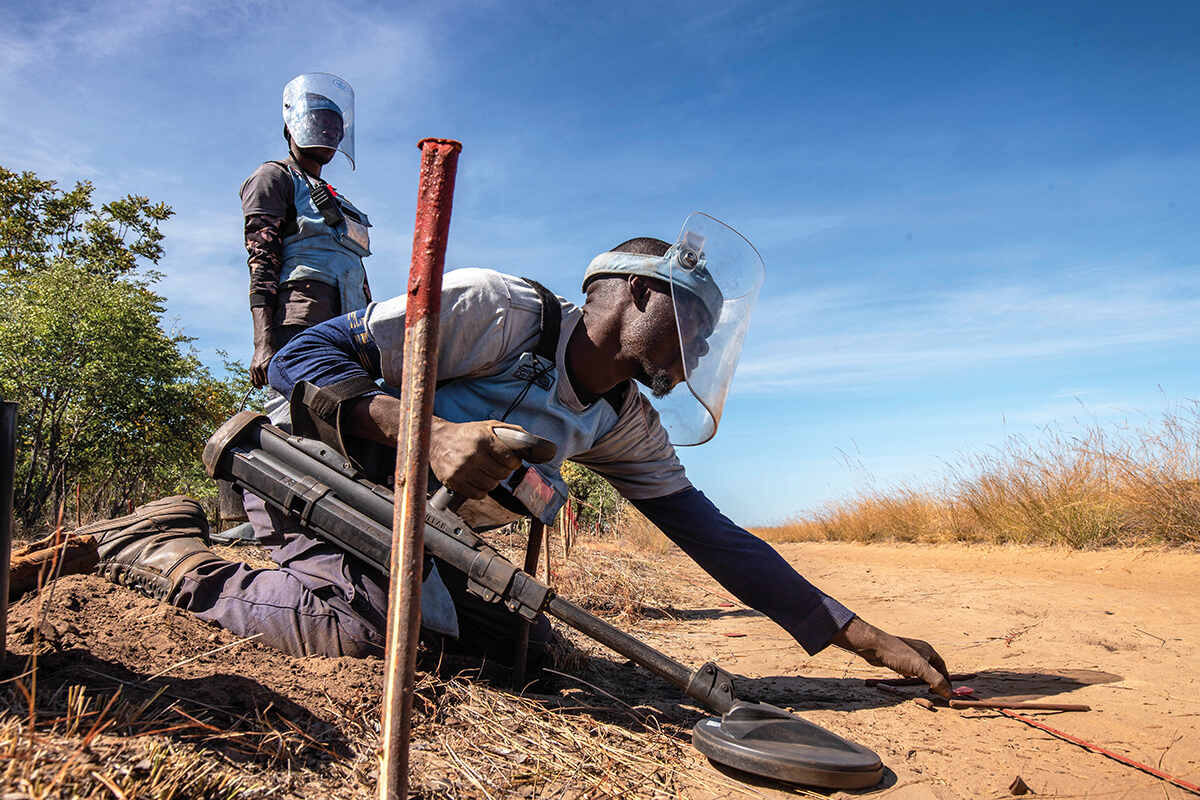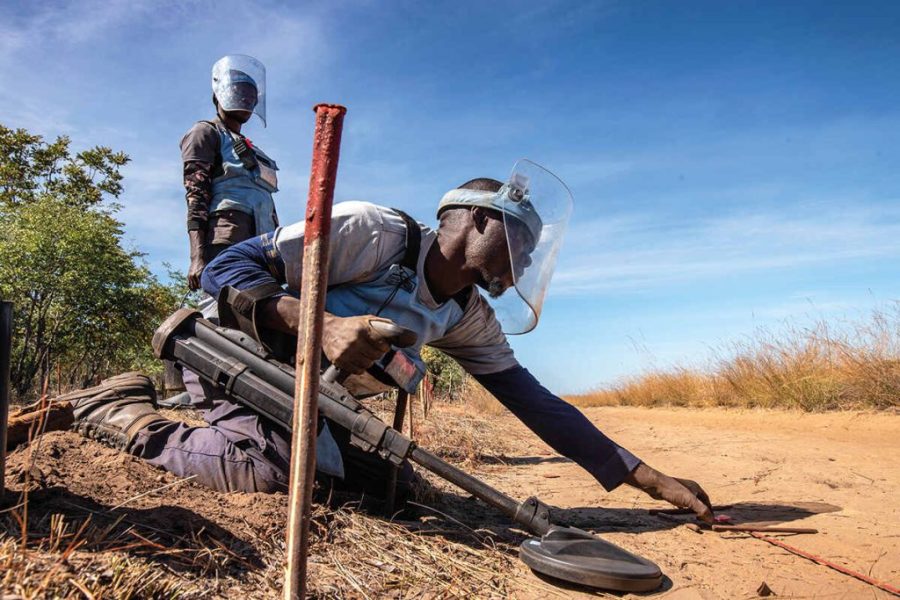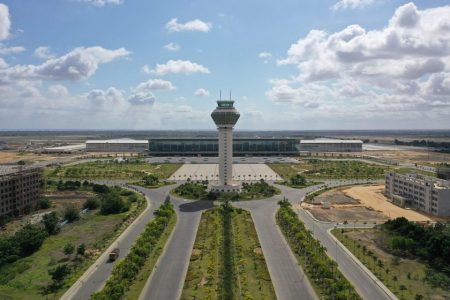Angola, one of the most heavily mined countries in the world, needs more than US$238 million to completely clear landmines and other explosives that still remain from some 40 years of conflict. That’s according to Leonardo Sapalo, general director of the National Mine Action Agency.
With 1,039 minefields and around 73 million square metres of land contaminated, the work of demining in Angola is daunting. Sapalo said the provinces of Cuando Cubango, Bié, Moxico, Huila, Cunene, Cuanza-Sul, Lunda Sul and Lunda Norte – half of Angola’s provinces – were most affected. The first landmines were used in the country in 1961 during the war with the Portuguese and continued after independence in 1975 through a 27-year civil war.
Around 5 million explosive devices from these decades of conflict have already been removed and Sapalo expects to declare mine-free zones in the provinces of Namibe, Zaire, Huambo and Malanje by 2025.
[See more: Angola and China agree to stronger ties]
More than 60 countries and territories around the world are still living with landmines, 26 years after the Mine Ban Treaty – signed by 164 states – prohibited the use, stockpiling, production and transfer of anti-personnel mines. Angola is among the 10 countries most affected, a list now topped by Ukraine as it fights off an invasion by Russia, which is not a signatory to the ban.
The work of demining is expensive, time-consuming and often dangerous. Conventional detection methods, developed in World War II, rely on hand-operated metal detectors painstakingly sweeping the landscape. Trained animals like dogs and African pouched rats offer faster and more accurate detection thanks to their keen sense of smell. The rats, for example, can sweep an area the size of a tennis court in 30 minutes compared to four days for a person. The process of destroying mines, through diffusing or blowing them up in place, also carries significant costs.
Global demining organisations like MAG, the HALO Trust and Tanzania-based APOPO (the leaders in animal-based mine detection) have all worked in Angola for years and will likely be critical to ongoing demining efforts. These organisations also work to educate the public to reduce accidental deaths. The Landmine Monitor estimates as many as 88,000 Angolans were killed by landmines between 2008 and 2019, underscoring the critical importance of demining efforts.






